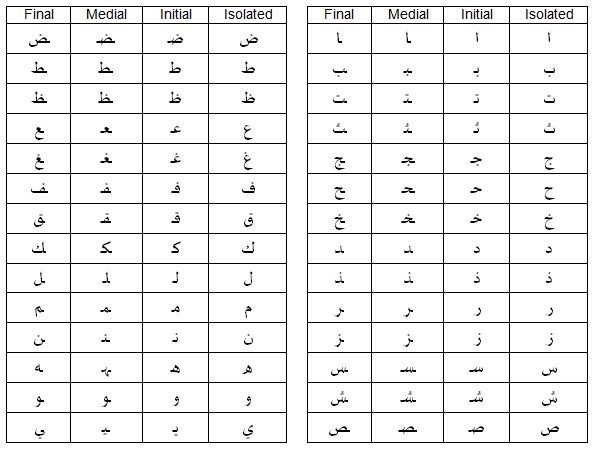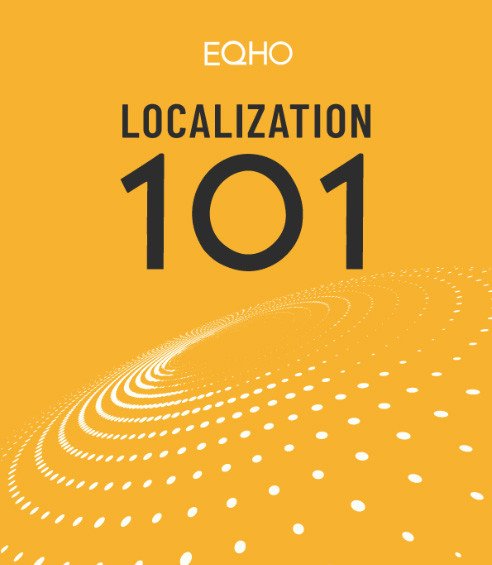Arabic Localization
Despite being the fifth most spoken language in the world, Arabic remains to be one of the most underserved languages there is, meaning that there is relatively little in the way of localized content in the public domain. With over 400 million speakers of Arabic, this presents huge opportunities for companies looking to penetrate the Arabic speaking market – especially when you consider that over 70 percent of consumers spend most of their time on sites in their native language, and over 50 percent of people only make purchases on websites in their own language.
However, Arabic localization can throw up all kinds of obstacles for the inexperienced and in the localization industry is generally considered to be one of the hardest languages to get right, second only to Japanese. Not only does Arabic flow from right to left, complex ligatures and diacritics can also present problems – therefore desktop publishing and multimedia engineering should therefore be performed by native Arabic DTP and multimedia operators, as many software applications do not fully support right to left languages.
Because the language has distinct written and spoken forms, the choice of vocabulary and grammar used when translating into Arabic must be appropriate for both the subject matter and the target audience. This is especially true for advertising and marketing materials. It is therefore imperative that you work with professional translators with the appropriate level of domain experience and maturity. Adding to the complexity; page layout, color, preference of image, illustration and graphics are all very different to the Non-Arabic speaking world and all need to be carefully considered.
Arabic can also present issues when it comes time to record voiceover if not properly addressed with client stakeholders, as it is vital that the voice artist speaks in the dialect of the target audience. So customers and language vendors need to be prepared, cooperate fully and know exactly who they are targeting. If your target is general Arabic speakers, the Arabic voice artist should be able to speak Modern Standard Arabic (MSA) with minimum regional accent.
This is just a snap-shot of some of the challenges that Arabic localization can present. Selecting the right localization partner with demonstrated Arabic experience and a good understanding of the many pitfalls of Arabic localization is crucial.


